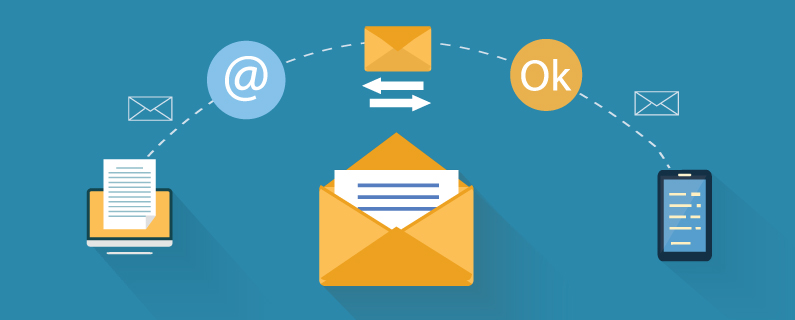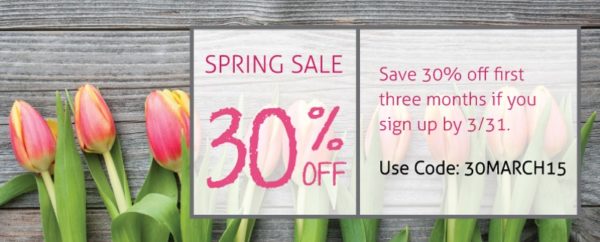
Does the title seem a little strange coming from a company which actively promotes email marketing? What it should say is this:
Don’t send that email, until you read this.
These days almost every business is sending some type of email marketing. Unfortunately, most of them are doing it wrong. Are you? Here’s a quick list of simple questions prospective readers are asking. If you can answer them correctly you will increase the chances your email will get opened, read and maybe even shared.
Who is it from?
Do the people you are sending the campaign to know you? If the answer is no, then it probably means this isn’t a permission based list. Stop right now. Trim the list to people who actually want to hear from you.
Now look at the “From” address. This should be personal. People are much more likely to open an email from Lorraine Ball than info@roundpeg2020.wpengine.com.
While the number of out of office replies can be annoying, don’t use a “do-not-reply” address. It is an immediate turn off telling your prospective audience you want to talk at them, not with them. One way to handle the auto replies which come back is to create a second email address for your newsletter, or simply add a rule in your inbox to sort anything which looks like an out of office directly to archive. This allows you to keep the appearance of being personal while still managing your inbox.
Why should I read this?
Your subject line is absolutely critical. According to Constant Contact, 35% of email recipients will decide to open your email (or not) based solely on the subject line. If you want people to pay attention, make it compelling. You have about two seconds to grab someone’s attention and convince them they need to open your email today.
And keep the subject line short. Remember many email clients will truncate long subject lines so make every word count.
Is it for me?
Email marketing isn’t one size fits all. Some of your contacts will be interested in everything you have to say but the vast majority will not. Segment people into groups by interest or demographics and target content at a specific audience. Let your readers self select, picking the content they are most interested in.
Make it easy for people to opt out. Don’t frustrate readers by hiding or worse yet, not offering a way to opt out. We all get lots of email so don’t be offended when people ask to be removed.
If however, more than a few people are opting out each time you send an email or if that number is growing, stop and ask yourself why? If your unsubscribe rate is growing, take a step back and evaluate your entire program. Maybe you are sending too many emails, or your content is too general. One way to get to the root of the issue is to send a quick survey asking people what they would like to read about.
Another way to convince a reader is to personalize the content. Simple dynamic content which displays an individual’s name makes the reader feel the content is really directed at them.
Can I read it?
Sounds like a silly question? It isn’t. More than half of your readers will view your email on a mobile device. Is your newsletter delivered in a mobile friendly format? If your layout still includes multiple columns and small fonts which your readers have to stretch and adjust to read, it is time for an email makeover.
Include a web link: Some of your subscribers (probably a shrinking number) may have trouble viewing your message if they are using an older email tool (i.e.: AOL, Hotmail, etc.). Be sure to offer a link to view the newsletter as a web page. In addition to making it easier for them to read, it will also make it easier for them to share the content through social channels.
Create both plain text and HTML version. Your newsletter may look beautiful, but some of your readers are still viewing content on devices which are not graphics-enabled. Be sure you have a plain text version so all your customers can enjoy your content. Remember to name pictures correctly and don’t rely on just the images to tell the story. A significant number of your readers won’t download the images even if they can.
Think you are ready to send that email?
Just one more thing to keep in mind and you will be ready to send that email.
Tracking & Analytics – Adding tracking tags to your HTML code will allow you to see which parts of your content, offers and links were most appealing to your readers. Over time this information will help you improve the quality of what you send, increase interaction and ultimately sell more as a result of your campaigns.
Now it’s time to give it a try. While you can manage your email program with any one of a number of tools available, we strongly recommend Constant Contact.
Interested in giving it a try? Give us a call and we can set you up with a free trial. And if you are ready to sign on, there’s a special promotion through the end of the month.
Just use this code: 30MARCH15 to save 30% off your first three months.

